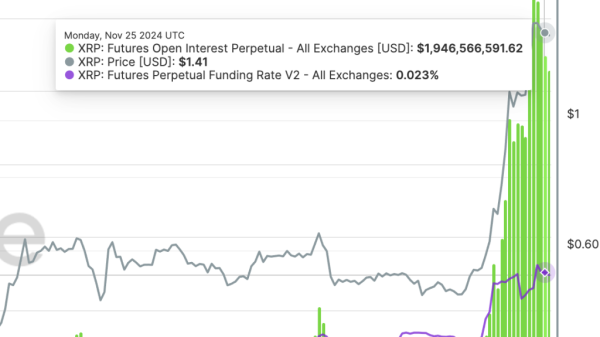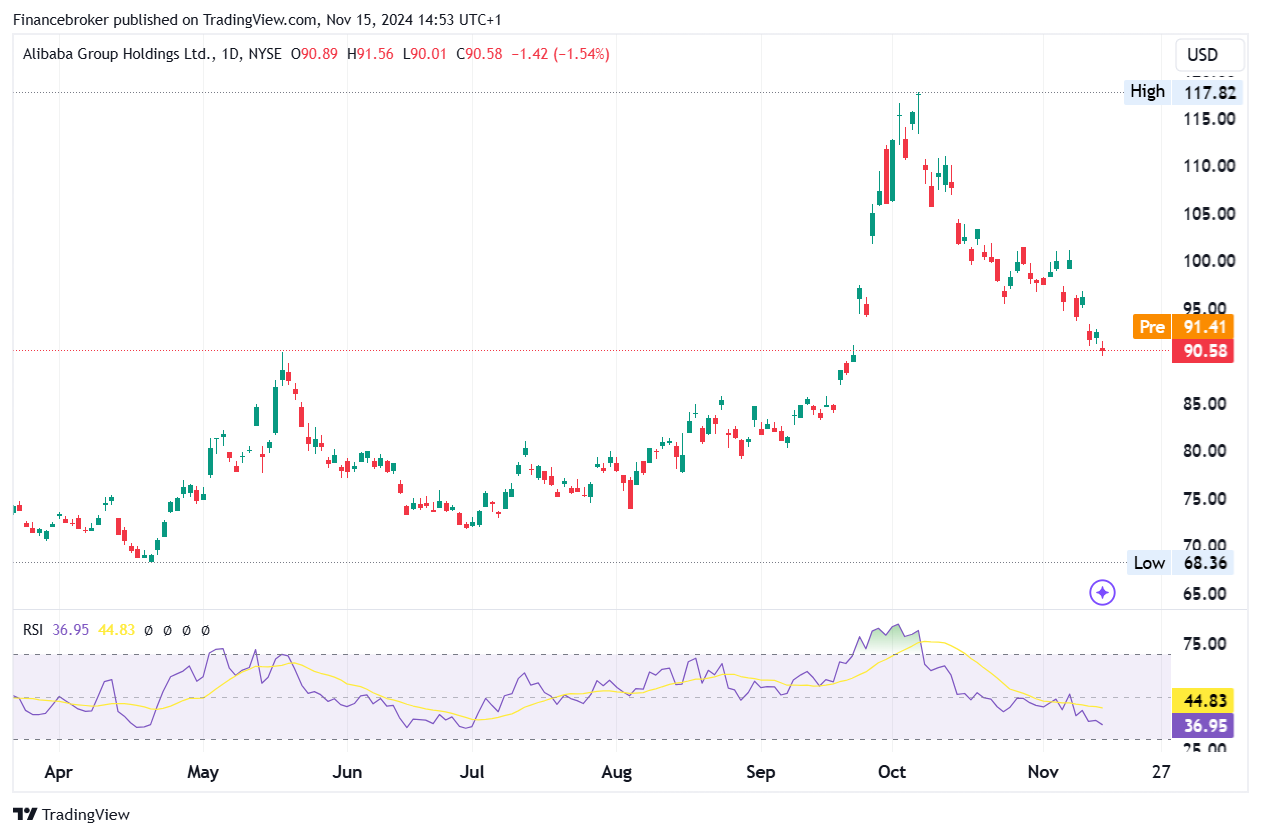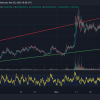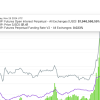Recent events have set the economic sector abuzz as high-trending stocks are making headlines, and among them, Alibaba Group Holding Limited’s stock continues to invite attention. An unexpected surge in Alibaba’s stock, rising 5% pips higher in the premarket on May 14th, 2021, sows seeds of interest among global investors and market analysts. This article breaks down and delves deep into the factors influencing the rise of Alibaba shares, providing a unique perspective to empower your investment decisions.
Accelerating into the vast landscape of global e-commerce, Alibaba Group Holding Limited has established itself as a strong contender among tech giants. With a widespread footprint that spans across multiple verticals including retail, technology, and entertainment, Alibaba’s global uniqueness and growth potential continue to attract enthusiastic investors.
The sharp rise of 5% in Alibaba’s stock was marked on May 14, 2021. This immediate surge appears to challenge the recently concerning $2.8 billion antitrust fine Alibaba had to pay. Despite concerns about the financial blow this fine might have caused, the company’s stock demonstrated resilience that opened up a labyrinth of economic wonders behind the scenes.
A key actor in maneuvering the stock rise was Alibaba’s impressive fourth quarter results, announced around the same time. The company’s income from operations saw a significant increase, further cementing Alibaba’s global prospects. With its profound display of financial resilience, Alibaba trumped concerns emanating from regulatory risks.
Indeed, having navigated the turbulence of the antitrust fine, the released financial reports have calibrated a larger picture of the trust Alibaba has built over time, notably highlighting the robustness of the company’s business model and the sustainability of its market position. It also sheds light on Alibaba’s strategic readiness and flexibility to adapt to regulatory changes and yet stay resilient.
Delving into the numbers, Alibaba’s revenue grew by 64% year-on-year to $28.6 billion, with the company’s income from operations increasing by 48% year-on-year to $2.6 billion. These optimistic figures weren’t merely a result of increasing online retail activity but also extended from Alibaba’s growing strength in the promising cloud computing segment.
The Alibaba Cloud, an integral part of Alibaba’s ecosystem, registered a 37% year-on-year rise in revenue, allowing it to gain a forefront position in China’s booming cloud computing market. As organizations continue to pivot digitally amid the pandemic, the potential for Alibaba Cloud to contribute to the company’s future profits further supplements investors’ confidence.
Additionally, the rise of Alibaba’s stock can be viewed from the perspective of the company’s ongoing investment in key strategic areas. As Alibaba forays into physical retail stores, grocery delivery, and local consumer services, these actions inherently diversify risks while also opening doors to substantial future growth, normalizing investor optimism.
In conclusion, Alibaba’s steady rise amidst economic instabilities showcases its robust business model and resilient market strategies. The blend of increasing revenue from both its e-commerce platform and cloud computing services along with strategic investments display Alibaba’s commendable resilience and adaptive capabilities, thus attracting investor optimism. Ultimately, Alibaba’s demonstrated resilience amidst regulatory hurdles and antitrust fines paints an optimistic future for its global standing.






























